From the book's introduction...
Frank Bellamy was born in Kettering, UK. Bellamy was a self-taught artist whose first job application was for a local shoe factory, but he soon realized that his early artistic talent was a path he wished to pursue.
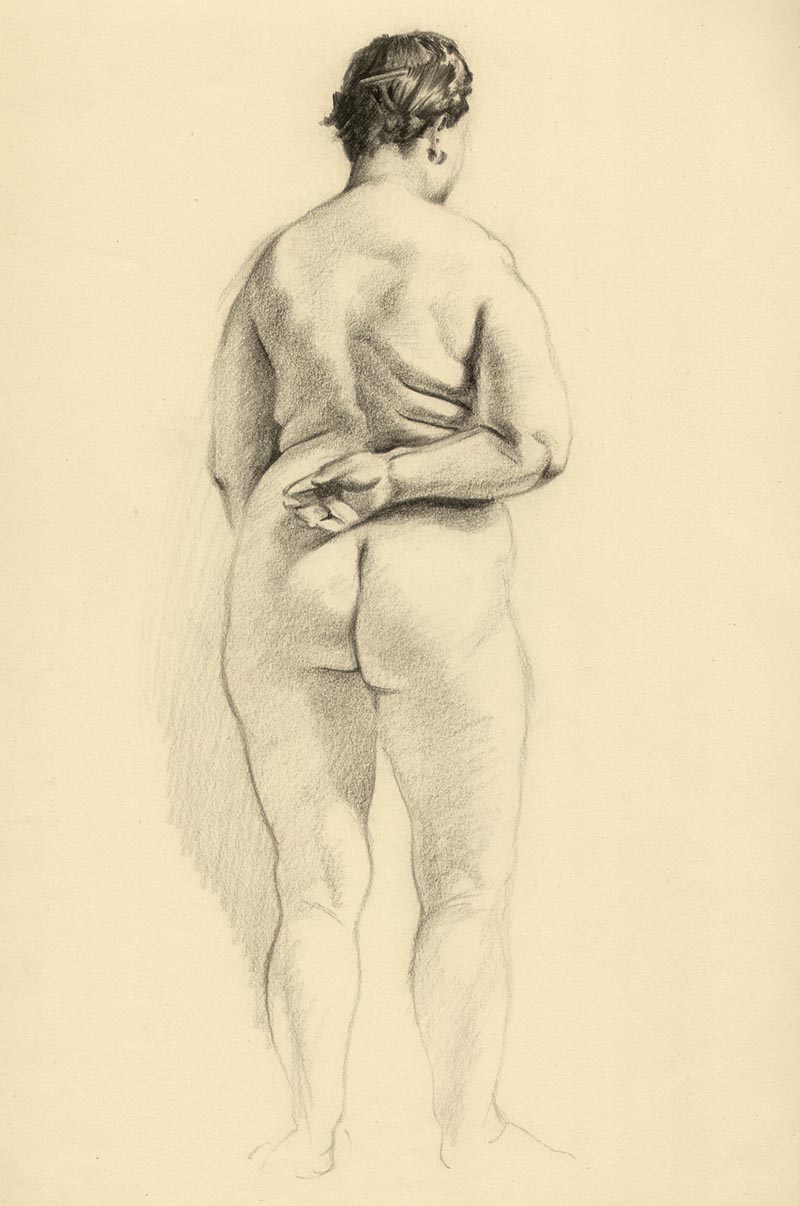
His career in Blamire's Studio began low key with the usual fetching, carrying, sweeping up and the inevitable tea-making duties. In a 1973 interview with Dez Skinn and Dave Gibbons, Bellamy recalled those early days: "I thought I could draw, but I found out I couldn't, seeing all the studio artists work." His talent was soon put to more appropriate use producing local spot advertising for newspapers.

He had a further apprenticeship in the Norfolk Studio, London, after which his confidence grew...
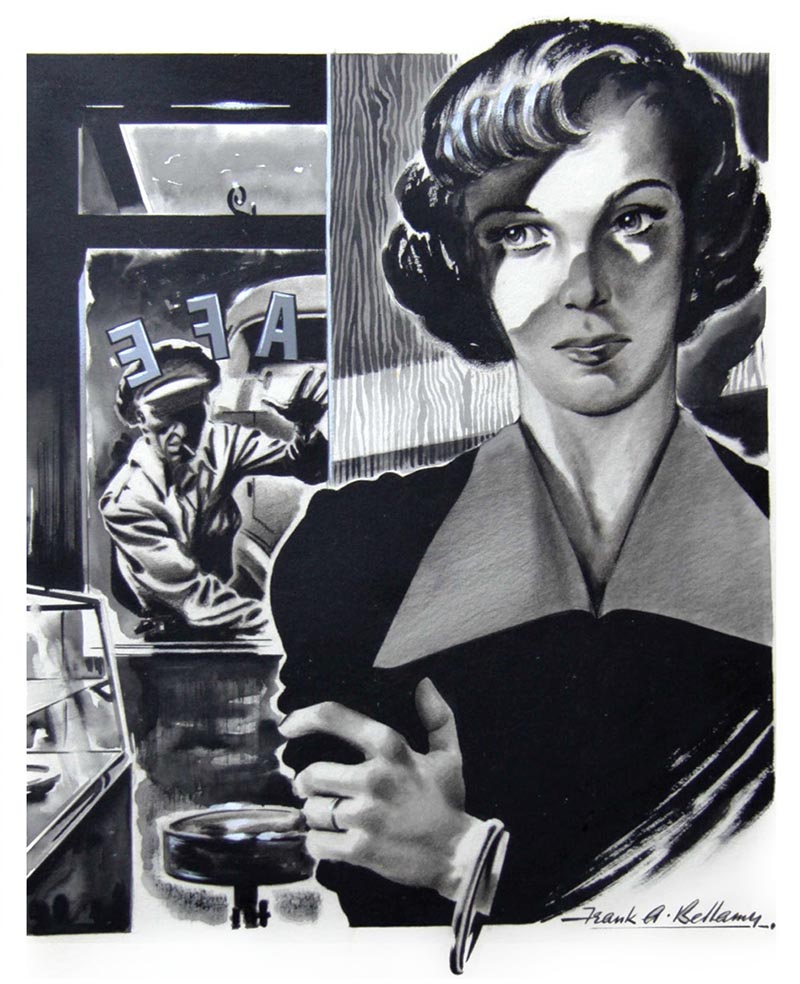
... and in 1953 he went freelance, realizing that to work full-time in the studio, and take extra work for Mickey Mouse Weekly would be too much.

This initial work in comic strips raised his profile as he worked on 'Monty Carstairs' from 25 July, 1953 to 26 June, 1954.

Then he moved over to his first colour comic work 'Walt Disney's True Life Adventures: Living Desert' until 31 July 1954, when a better offer came his way. Marcus Morris, with Frank Hampson, had created the million-selling Eagle comic, a blast of colour in a bleak post-war children's landscape. In the August 1954 edition Bellamy's black and white art appeared on the strip 'The Fleet Family' a modern type of Swiss Family Robinson which he also went on to draw followed by 'King Arthur' and 'Robin Hood's Adventures', until the 17 August 1957 issue, a period of three years' continuous weekly deadlines.
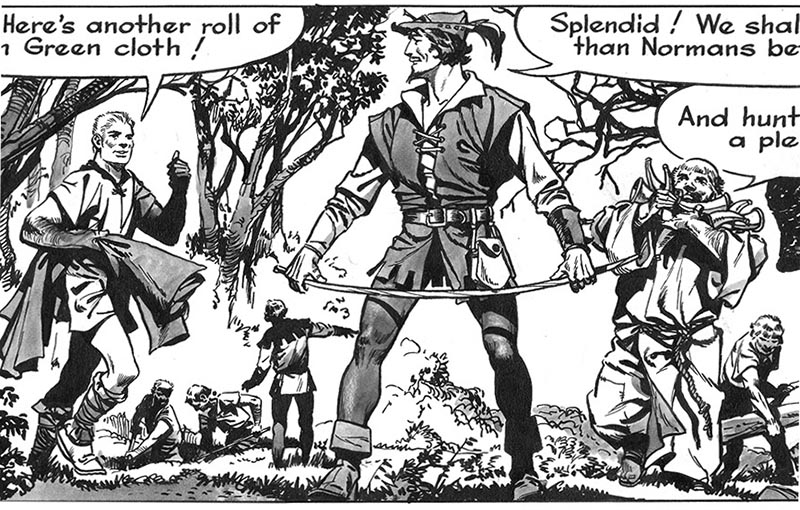
He had six weeks between 'Robin Hood' and the next strip for the Eagle comic itself - 'The Happy Warrior', the true life story of Winston Churchill.
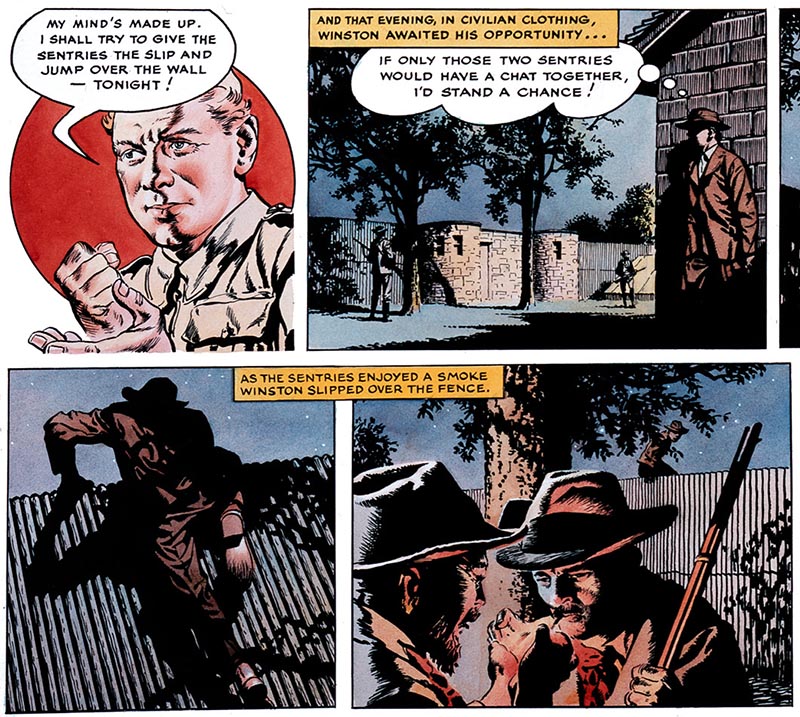
After this assignment was completed, he went on to do back pages in colour of 'David the Shepherd King' and 'Marco Polo', but stopped the latter after only eight episodes as he had a more prominent feature.
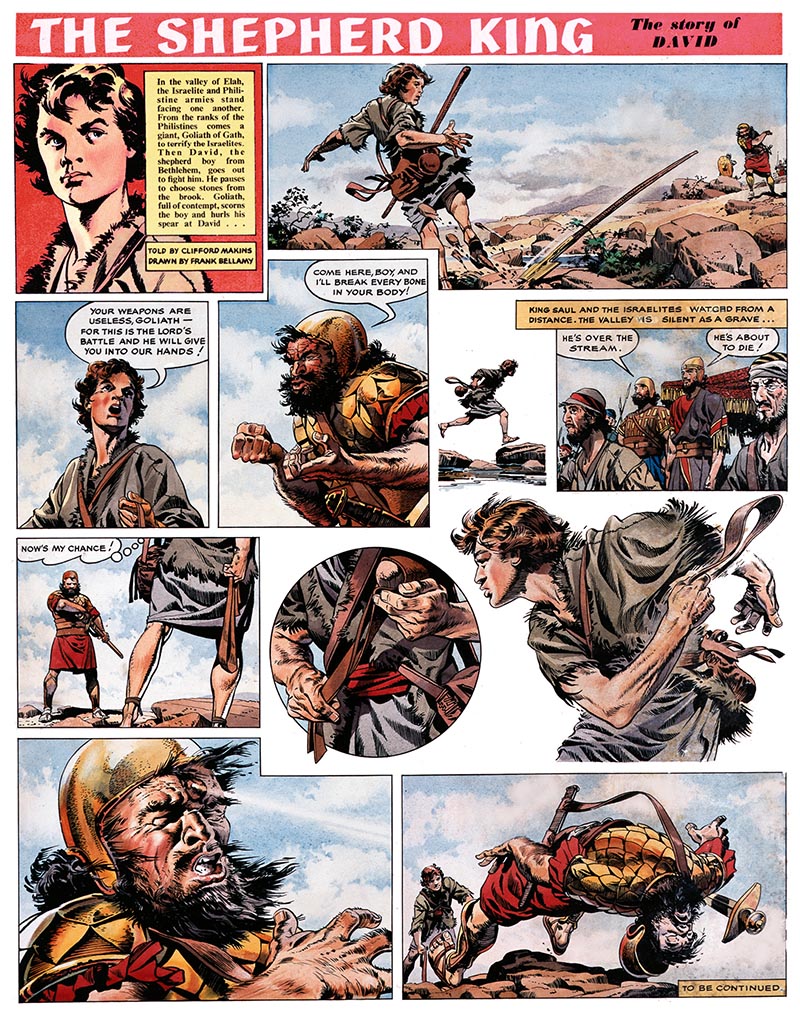
Bellamy:
"I thing Frank Hampson was getting a bit tired of 'Dan Dare' by this time. So Marcus Morris, editor of Eagle at that time, asked me if I'd like to take over. I had a chat with Frank Hampson, who also wanted me to take over, and under the agreement that it would be for one year only, I started drawing 'Dan Dare'."
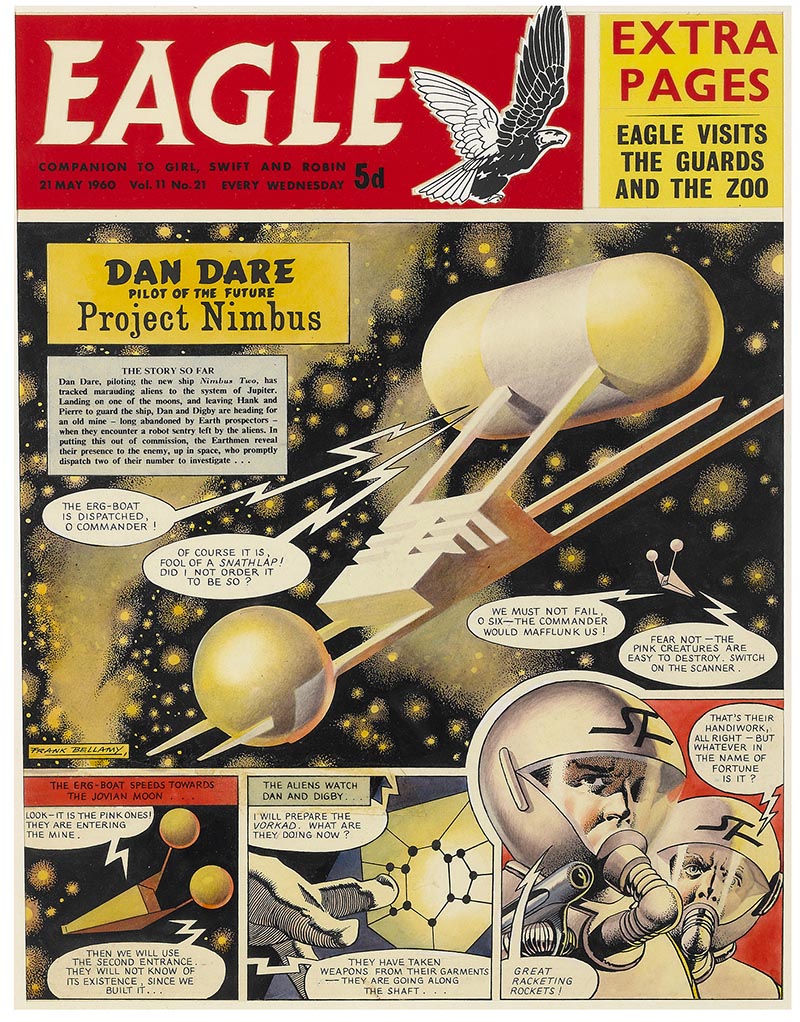
Bellamy expressed relief at being able to draw fantasy rather than having to rigidly adhere to accurate representations, however he inherited a poisoned chalice. During the year on 'Dan Dare' he worked with some of Hampson's former staff drawing whole pages one week and only a few panels the following week. The changed appearance, the mixture of art styles, has inflamed opinions against Bellamy's work to this day.
His next strip was considered by many to be a natural for Bellamy, a lover of things African and big game hunting - 'Fraser of Africa'.

Moving from earning money for creating one full colour page to a double page colour centre-spread must have appealed to him, and thus Bellamy's work moved to the centre pages of Eagle with another story of a living personality - 'Montgomery of Alamein'. Bellamy received a phone call from the Eagle staff asking if he would be interested in a new Tom Tully script about "the swashbuckling adventures of someone who would be a cross between a Roman warrior and an ancient Greek soldier."
Tomorrow: Heros the Spartan
* Thanks to Alan Davis, Paul Holder, Norman Boyd, Paul Stephenson and David Ashford who provided us with the images that appear in this post.
Illustrators editor Peter Richardson has edited and designed a beautiful book entitled Frank Bellamy’s Heros the Spartan. Available in two luxurious editions measuring a gigantic 11 x 14 inches, the deluxe limited edition of only 600 copies with 272 pages features a beautifully designed blue hard cover with embossed and varnished detailing. The leather bound and numbered edition, restricted to 120 copies, features a beautiful gold embossed red cover and slipcase, plus a tipped in numbered plate, and an additional 24 pages of some of the most stunning Heros originals, which have previously remained hidden in private collections.
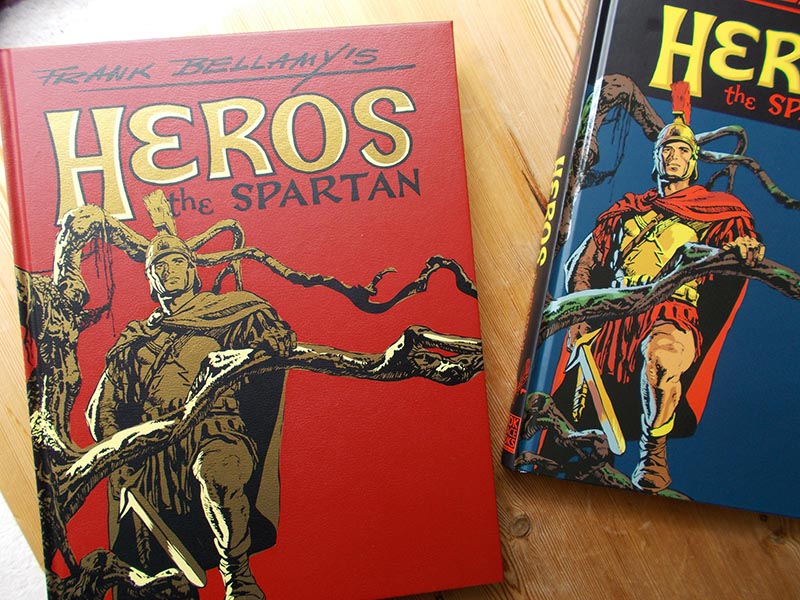
* Frank Bellamy's Heros the Spartan, from which all of today's art and text is excerpted, is now available from Book Palace Books
Not bad. Look. You should also visit this page and read.
ReplyDelete